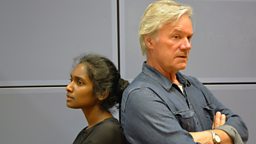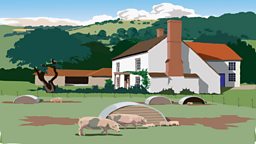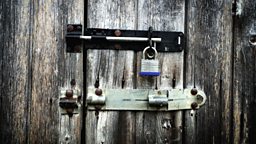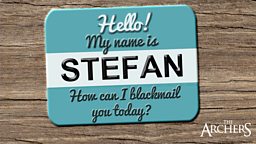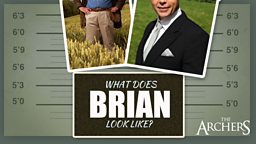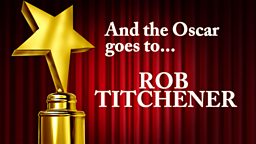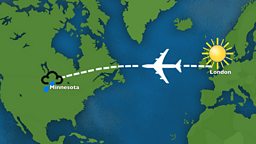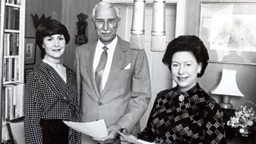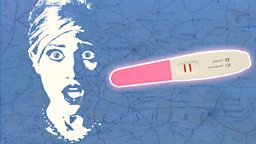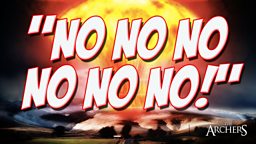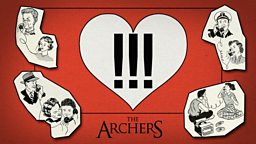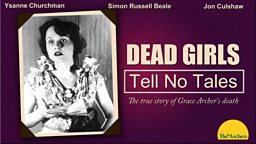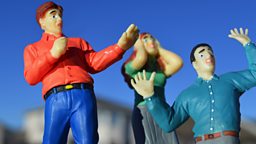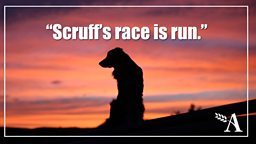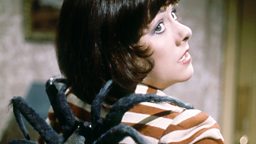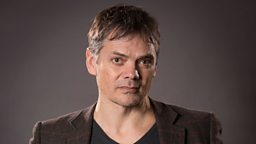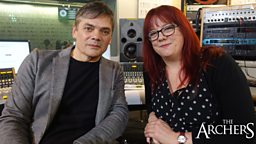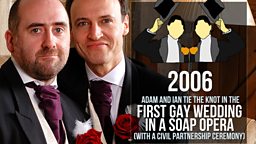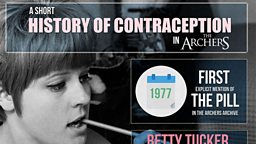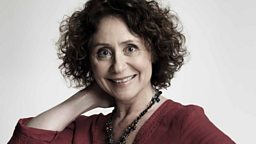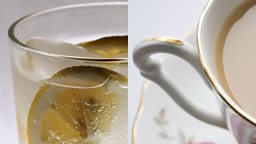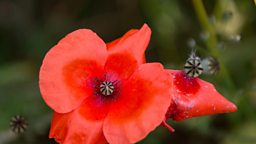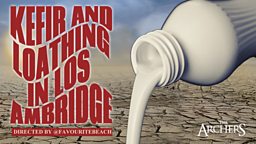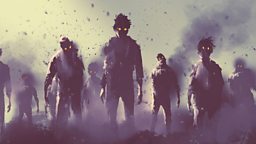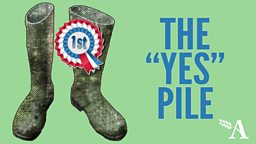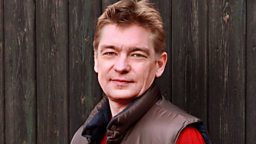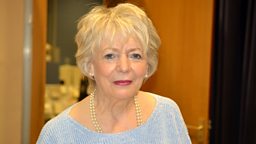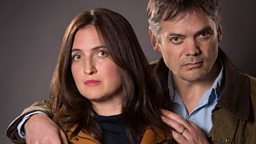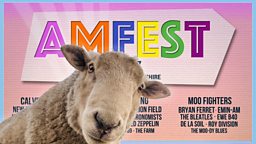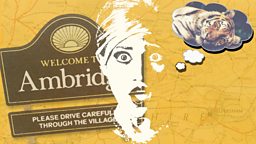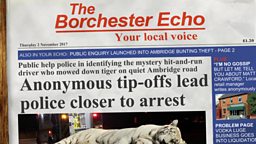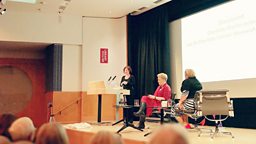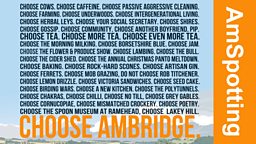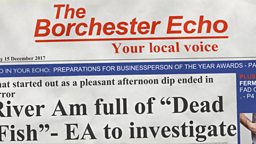How do you perform a horse operation in a radio drama?
Listeners to The Archers have . The horse they were operating on suddenly lost all vital signs while under anaesthetic and they were unable to resuscitate him. The scenes were recorded in the drama studio at ����ý Birmingham. How do you turn a drama studio into a vets operating room? And who plays the horse?
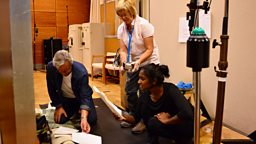
Some of the team involved in this storyline, actor Michael Lumsden (Alistair Lloyd), director Kim Greengrass, and “spot op” Vanessa Nuttall, explain how they brought it to life.
MICHAEL: The main challenge for a radio actor is to lift words from the page and make them sound as though the character is thinking of them at that precise moment. But what else can we do to create the soundscape that helps the listener to “see” the scene in their imagination? Radio actors famously grunt when they sit or stand – this isn’t because we’re all incredibly unfit, it’s simply a shorthand way of helping the listener to picture the movement in the scene.
KIM: As always, I planned the “blocking” of the scenes – working out where the actors stand and when and where they move – before going into studio. With these scenes, as well as thinking about the actors’ placement, I had to think about our (invisible) horse. To make the sound picture work, we all needed to know where the horse is standing or lying, and which of our characters was at the head end, and which at the tail.
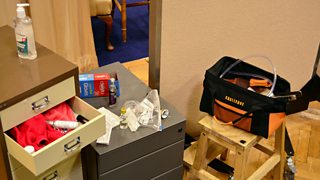
VANESSA: For the horse, we auditioned several things before the actors arrived, to get the sound of a vet performing jumping compressions. We finally settled on a large roll of carpet - dense enough to give the right sound.
Michael and Anneika did the compressions themselves to connect their vocal sounds and effort noises with the landing sound. Tricky to do since they were holding scripts, but it worked!
KIM: It’s always great to have scenes where our characters are busy doing their jobs. And Anisha and Alistair are certainly kept busy in this episode!
Before studio I viewed some online clips of the veterinary procedure (it always amazes me what experts will put on YouTube, but thank goodness they do!). It was definitely not comfortable viewing but I needed to know exactly what our Ambridge vets were up to.
VANESSA: Sometimes a script arrives with a challenge or two for the “spot op” - the member of the technical team who creates the sound effects in the studio. We have to create sounds to give the actors’ performances a physicality. We are effectively their hands, as they are holding their scripts in theirs.
To do this, we use a variety of random items, not necessarily the thing itself, as strangely enough, sometimes they don't always create the right sound in the overall sound picture for the listener.
MICHAEL: As soon as I read this scene, I knew it was going to be challenging; Anneika, Vanessa and myself would need to work closely together to create the audio world in which the alternative reality is happening – in this case from the casual chat as the two vets prepare for what they think is going to be a routine procedure through to the drama of the stopped heartbeat and chest compressions.
This was a job for my favourite gadget from my own personal Spot FX kit.Vanessa Nuttall
I hope that the three of us with the help of a corkscrew, a potato masher (yes, really!), rubber gloves, blankets and a lot of physical effort have succeeded in bringing the listener into the "knock down room" to share the drama with us.
VANESSA: For the operation the sound to be made was specified in the script as “brief metal ratchet sound”.
This was a job for my favourite gadget from my own personal Spot FX kit. It's a metal potato ricer, which can be cajoled into making all sorts of noises depending on how you move it about - from squeaks to ratchets.
I also used a stethoscope (borrowed from my sister who is a nurse) which was followed by Alistair's resuscitation moves and then Anisha (aka me) rushed to the metal drawer to delve a gloved hand into its contents (bits and pieces of medical equipment and small glass bottles, scissors etc) for a small glass vial of adrenalin and another syringe.
It was a very busy scene, but fun to do and with all of us working together as a team - actors, technical staff in the control room and me in the studio, we painted an overall picture through the listeners' ears and imagination. A funny job, but a very creative one!
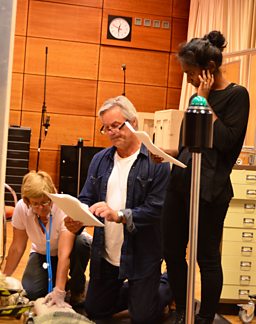
KIM: Michael and Anneika threw themselves into the scenes with great energy – sometimes literally when it came to the moments where Alistair and Anisha try to get the horse’s heart started again.
The actors have so much to think about in this sort of active scene that the director needs to be extra careful about helping them to keep the emotional journey of the episode uppermost in their minds. So as well as giving the actors notes about the logistics and the sound of the scene, we talked a lot about how the characters are reacting in the moment to every twist and turn in the action.
